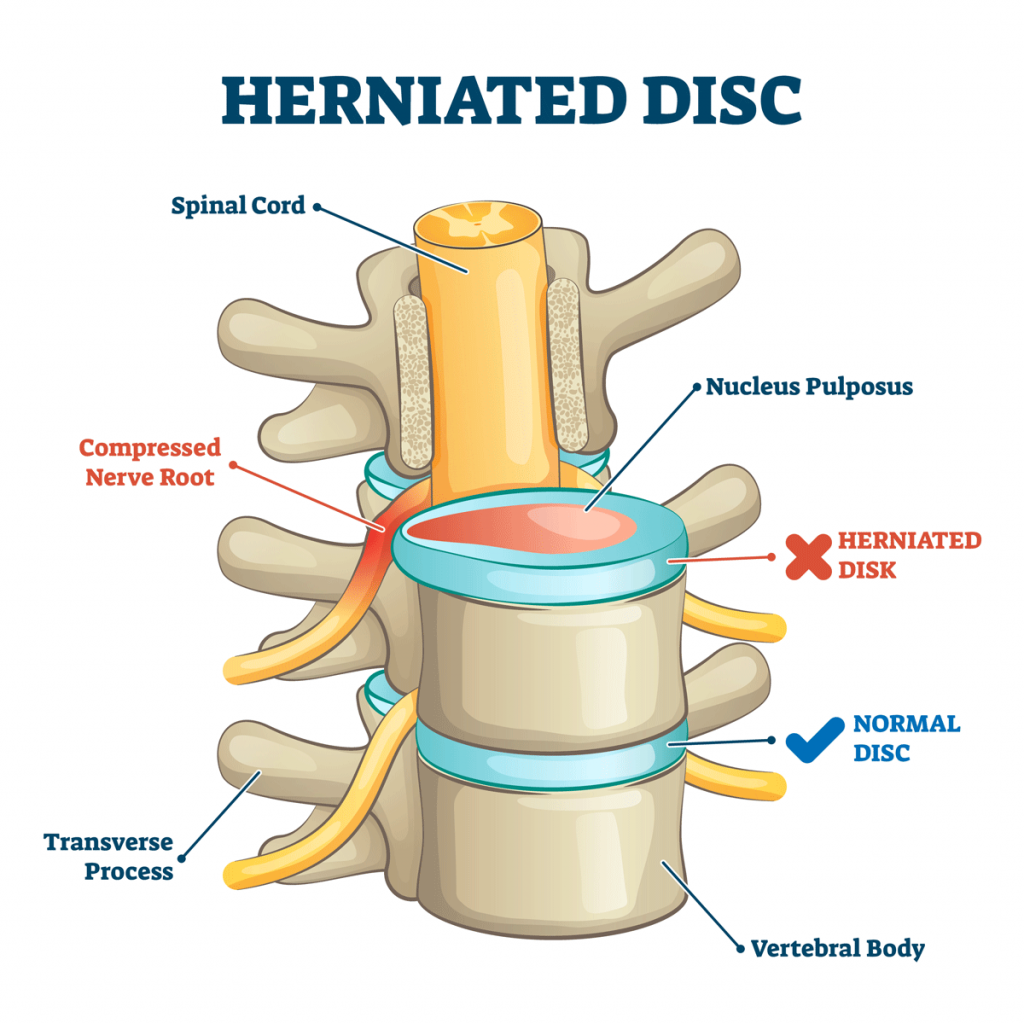Neurology: In 124 cases of herniated discs: bioresonance instead of operating
At the 2007 International BICOM® Congress in Fulda Dr. Kiran from Istanbul reported on the use of the bioresonance method for treating herniated discs. Below is an extract from her paper.
For more than a year I have been using the bioresonance method in my practice. My work covers the entire spectrum of neurosurgery. I work in my own practice as well as in a local hospital in the Bakirköy district of Istanbul. Since I started using the bioresonance method the number of operations on herniated discs has fallen considerably.
Between February 2006 and February 2007 I treated 124 patients with herniated lumbar and cervical discs exclusively using the bioresonance method.
Of these 124 cases, 71 were cervical hernias and 53 lumbar hernias. Without exception all patients had been treated using conventional medicine and were referred to me by colleagues for surgery. Through medical imaging processes (e.g. MRI) all patients were given a clear diagnosis: herniated disc 2nd – 3rd degree, in some cases with neurological deficit.
Treatment using the bioresonance method
When administering treatment with the bioresonance method success is dependent on being able to recognise and remove therapy blockages. The BICOM® device can be used to find out which therapy blockages are present.
During testing attention should be directed in particular to the following programs which are already stored in the BICOM®:
– Prog. mandibular joint correction
– Prog. liver detoxification/toxin elimination (for blockages through toxin stresses)
– Prog. spinal blockage
– Prog. spinal segment blocked
– Prog. blockage in the sacrum/coccyx
In almost all patients the aforementioned blockages were present. After treating these blockages with the BICOM® device (two to three sessions) specific therapies were then carried out with the ‘herniated disc, supporting’ and ‘worn invertebral discs’ programs.
All patients were experiencing pain and were also stressed from enduring long periods of pain and were suffering tension within their back musculature. I also treated these muscular tensions with the BICOM® device. Pain therapy programs were also used, particularly the ‘neuralgia’ program.
If there was already evidence of loss of nerve function, I used the ‘nerve degeneration (reflex problems)’ and ’nerve acute-inflammatory’ programs. To strengthen the musculature the ‘muscular atrophy’ and ‘muscle coordination problems’ programs were particularly suitable.
Without exception all patients responded to these programs. On average, 12 sessions per patient were required. Before treatment began, MRI images were prepared to check the patients’ condition.
In level 2 patients the herniated discs were no longer evident in radiological scans. In level 3 patients the extent of the hernias had been significantly reduced.
Case studies
Mr T. Y., 58 years old. Condition after two intervertebral disc operations, the last operation five months ago. The patient was referred to me by an orthopaedic specialist after a third operation had been refused.
Laseque left 30°. Right foot plantarflexion – 3/5 muscle weakening. On the MRI images amplified granulation and small hernia. The patient was treated with the corresponding programs in just three sessions. Afterwards neurological examinations showed completely normal levels and the patient was free of pain.
Ms F. A., 68 years old For two years left foot drop and for six months right foot drop as a result of hernias L4-5 and L5-S1. The patient had already been urged two years before to have surgery as a matter of priority. However, the patient refused surgery despite her condition deteriorating. From a conventional medicine and neurosurgical point of view these symptoms revealed the necessity to have an operation within 48 hours.
Knowing this and because the patient had been suffering for so long I didn’t give the patient or myself much hope of a complete remission through bioresonance therapy.
After the initial sessions the pain increased. For the therapist this is a good sign (initial exacerbation) but for the pain-addled patient this was seen as a further setback. I encouraged the patient to carry on with bioresonance therapy. Treatment lasted four months in all and afterwards he was in complete remission. This result was surprising even for me.
I can warmly recommend the use of the bioresonance method to treat cervical and lumbar hernias to all colleagues.


